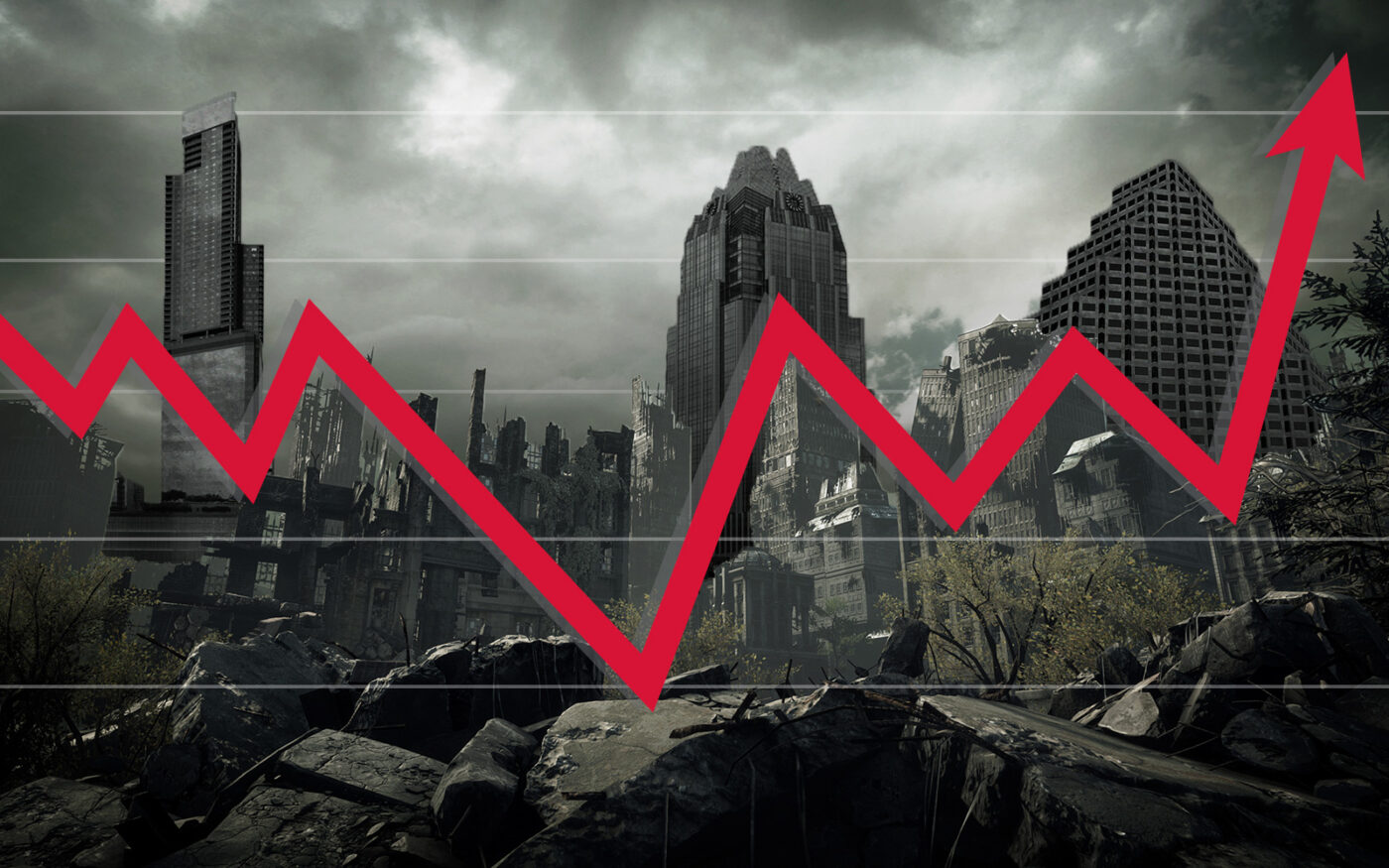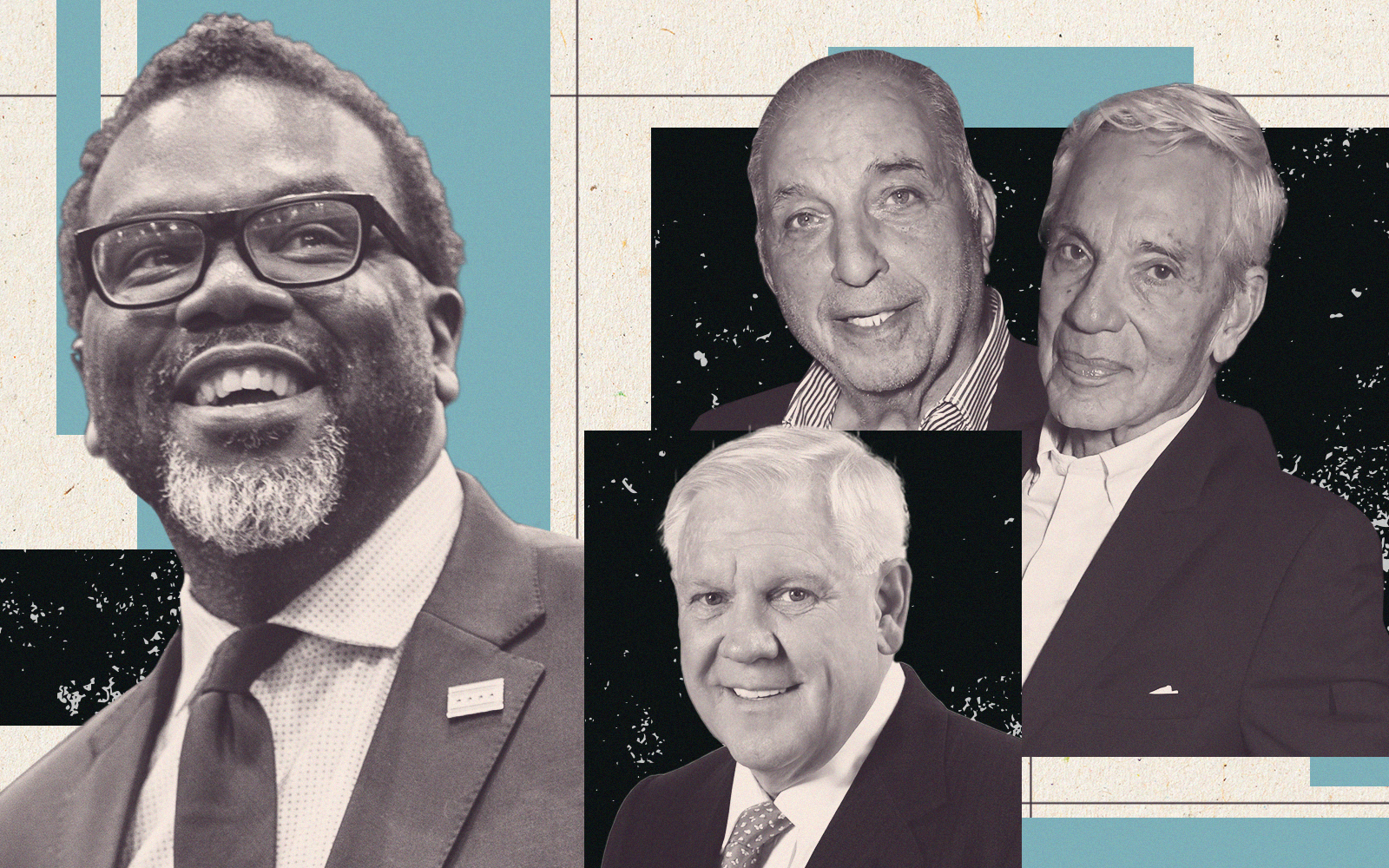
Trending
Austin’s office market hit record vacancy
Capital city subleases spiked 30 percent in the first quarter, nothing over 30k sf moved

For the last year, as office markets across the country have weathered rising rates and fears of an economic downturn, it has at times seemed that Austin’s growth might let it avoid the worst. Not anymore.
The Texas capital’s offices haven’t been so empty since the Great Recession, as sublease vacancy increased nearly 30 percent in the first quarter of 2023, according to a report from JLL. Twice as many large blocks of space exceeding 100,000 square feet were available for lease in the start of 2023 as there were in the same span just before the pandemic. Austin’s office landlords did not ink a single lease greater than 30,000 square feet, and overall absorption fell to negative 562,100 square feet.
“We’ve started to see the effects of the broader economy finally hit Austin,” said Bethany Perez, an agency leasing executive with JLL. “Everyone’s kind of just hitting the pause button — companies, developers, anyone who wanted to go sell their buildings.”
Total vacancy reached 19 percent, in part driven by office deliveries in previous quarters that were not pre-leased. State Farm and Home Depot Technology Center both left major leases totaling almost 425,000 square feet.
Direct asking rent fell to $54.29 per square foot, while sublease asking rent declined to $44.91. The Central Business District’s asking rent of $70.25 per square foot made it the priciest office market in the city.
No new office projects broke ground last quarter, and the Texas Bankers Association Building at 203 West 10th Street was the city’s lone office development to come online.
Not every type of building was hit equally. Class A buildings recorded a positive absorption of nearly 80,000 square feet, while Class B absorption fell to negative 39,300 square feet. Still, the vacancy rate for the city’s Class A buildings was 19.5 percent, slightly above the 17.7 percent level for Class B properties. Owners of older office buildings have had to renovate their properties to stay relevant, Perez said, with some adding new lobbies, pre-decorated floors or flex work spaces.
“Pre-2020, it was a landlord’s market, where we set the terms,” Perez said. “Now, the tables have turned. Tenants have every option at their fingertips.”
There has been concern among commercial landlords that the recent streak of layoffs among major technology companies might have ripple effects on Austin’s office market. Some of the city’s largest employers — Dell, Tesla, Apple, Google and Meta, to name a few — are tech or tech-adjacent firms with high-profile stakes in some of the city’s premier office buildings. Austin’s tech workforce grew 29 percent to roughly 89,000 employees between 2018 and 2022. (Non-farm employment grew 11 percent over the same period.)
While the city hasn’t felt the same direct impact of layoffs as San Francisco and New York, its tech pillars have generally halted expansion. Meta decided to sublease its 589,000-square-foot block of office space at Sixth and Guadalupe, Kairoi Residential and Lincoln Property Company’s downtown skyscraper that is still under construction.
For better or worse, the full effects of the tech breakdown are still unknown.
“I think some of it is still TBD,” Perez said.
Read more







